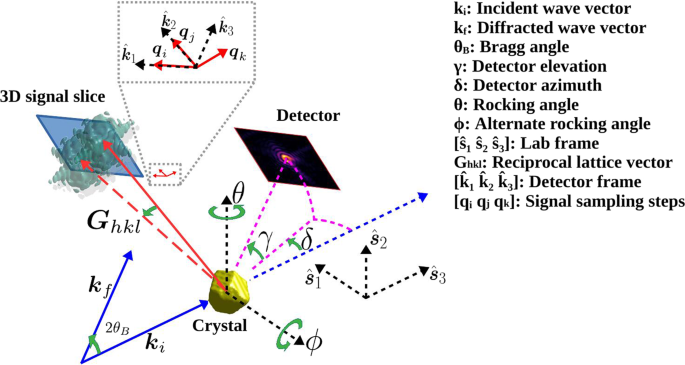国際的な科学者チームが、からす座にある低質量星の周りを回る珍しい木星サイズの惑星を発見した。 An international team of scientists have discovered an unusual Jupiter-sized planet orbiting a low-mass star located in the Corvus constellation.
2023-08-02 バーミンガム大学
◆NASAのTransiting Exoplanet Survey Satelliteによって最初に発見され、SPECULOOS South Observatoryを使った観測により、惑星の存在が確認されました。TOI-4860は、惑星形成モデルを覆す例であり、惑星とホスト星の特性に見られる重元素の豊富さが形成過程に影響を与えた可能性も示唆されています。惑星はホスト星を1.52日で周回し、ウォーム・ジュピターとしても知られており、天文学者にとって重要な対象です。この発見は、惑星形成に関する理解を深め、特にウォーム・ジュピターの大気特性の研究に貢献することが期待されています。
<関連情報>
- https://www.birmingham.ac.uk/news/2023/new-exoplanet-discovery-builds-better-understanding-of-planet-formation
- https://academic.oup.com/mnrasl/article/525/1/L98/7235807?login=false
SPECULOOS(スペキュロス)」によるM矮星と巨大軌道の接近 An M dwarf accompanied by a close-in giant orbiter with SPECULOOS
Amaury H M J Triaud, Georgina Dransfield, Taiki Kagetani, Mathilde Timmermans, Norio Narita, Khalid Barkaoui, Teruyuki Hirano, Benjamin V Rackham, Mayuko Mori, Thomas Baycroft,Zouhair Benkhaldoun, Adam J Burgasser, Douglas A Caldwell, Karen A Collins, Yasmin T Davis, Laetitia Delrez, Brice-Oliver Demory, Elsa Ducrot, Akihiko Fukui, Clàudia Jano Muñoz, Emmanuël Jehin, Lionel J García, Mourad Ghachoui, Michaël Gillon, Yilen Gómez Maqueo Chew, Matthew J Hooton, Masahiro Ikoma, Kiyoe Kawauchi, Takayuki Kotani, Alan M Levine, Enric Pallé, Peter P Pedersen, Francisco J Pozuelos, Didier Queloz, Owen J Scutt, Sara Seager, Daniel Sebastian, Motohide Tamura, Samantha Thompson, Noriharu Watanabe, Julien de Wit, Joshua N Winn, Sebastián Zúñiga-Fernández
Monthly Notices of the Royal Astronomical Society: Letters Published:04 August 2023
DOI:https://doi.org/10.1093/mnrasl/slad097

ABSTRACT
In the last decade, a dozen close-in giant planets have been discovered orbiting stars with spectral types ranging from M0 to M4, a mystery since known formation pathways do not predict the existence of such systems. Here, we confirm TOI-4860 b, a Jupiter-sized planet orbiting an M4.5 host, a star at the transition between fully and partially convective interiors. First identified with TESS data, we validate the transiting companion’s planetary nature through multicolour photometry from the TRAPPIST-South/North, SPECULOOS, and MuSCAT3 facilities. Our analysis yields a radius of 0.76±0.02 RJup for the planet, a mass of 0.34 M⊙0.34 M⊙ for the star, and an orbital period of 1.52 d1.52 d. Using the newly commissioned SPIRIT InGaAs camera at the SPECULOOS-South Observatory, we collect infrared photometry in zYJ that spans the time of secondary eclipse. These observations do not detect a secondary eclipse, placing an upper limit on the brightness of the companion. The planetary nature of the companion is further confirmed through high-resolution spectroscopy obtained with the IRD spectrograph at Subaru Telescope, from which we measure a mass of 0.67±0.14 MJup0.67±0.14 MJup. Based on its overall density, TOI-4860 b appears to be rich in heavy elements, like its host star.



